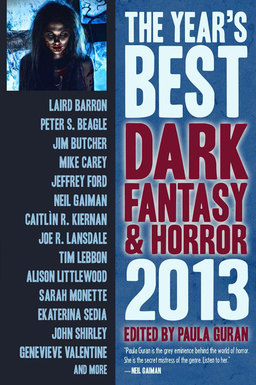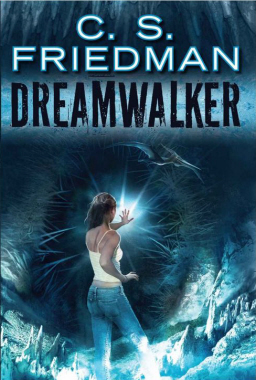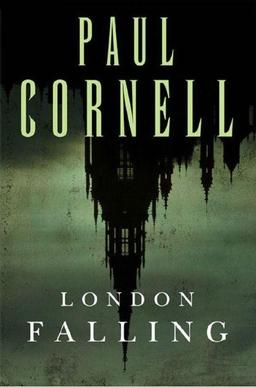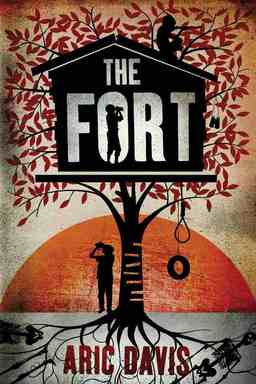Lust, Women, and the Devil: Seven Decades of Fritz Leiber’s Conjure Wife
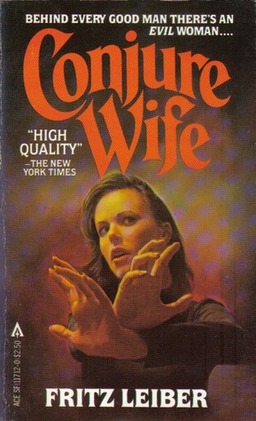 There are a lot of fascinating things you can learn about 20th Century America — and America today — by being a compulsive paperback collector. Seriously. It’s like being a Cultural Anthropologist.
There are a lot of fascinating things you can learn about 20th Century America — and America today — by being a compulsive paperback collector. Seriously. It’s like being a Cultural Anthropologist.
Let’s take a look at Fritz Leiber’s first novel, Conjure Wife. In fact, it’s a near perfect example. The book has been reprinted around a dozen times by roughly as many publishers over the last 70 years, and each time the cover art and marketing copy tell you as much about society as they do about the book. More, even.
First, it helps to know a little about the novel. Conjure Wife was written in 1943; it’s a supernatural horror novel that imagines that witchcraft is an ancient secret shared by most women. Our protagonist Norman Saylor, a professor at a small town college, accidentally discovers that his wife Tansy is a witch. When he convinces her to abandon the mysterious art, the couple rapidly find their luck changing for the worse. Turns out that Tansy’s various charms were the only thing protecting them from an intricate web of curses and counter-spells cast by the women around them.
I always thought that was a fascinating premise. If it seems familiar, it’s because the story has filtered into public consciousness since 1943 — it’s been filmed at least three times: the Lon Chaney, Jr. feature Weird Woman (1944), the Charles Beaumont and Richard Matheson collaboration Burn, Witch, Burn! (1962), and Lana Turner’s final film, Witches’ Brew (1980). Of course, the concept of a community of witches and warlocks living secretly among us has gradually become a popular fantasy trope — used in Jimmy Stewart’s 1958 fantasy Bell, Book and Candle, just for example, as well as the 1964 to 1972 TV series Bewitched, and even the Harry Potter novels.


